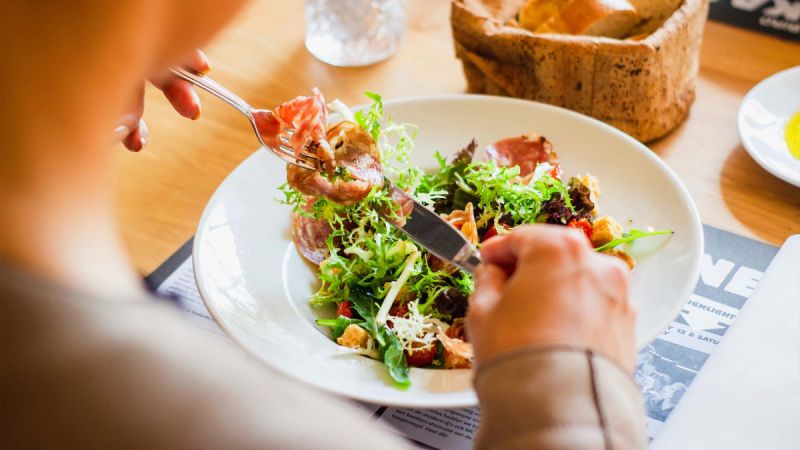Restaurant Pricing Strategies For A Successful Business
You’re a passionate chef or restaurant owner who loves what they’re doing. You genuinely take pleasure in offering your guests a beautiful place where they can enjoy delicious food.
We admire that about you. You’re one of the reasons we care so much about this industry.
That’s why we have to remind you of a rather harsh, but necessary truth: this industry is insanely competitive, and making profits is tricky. There are many things you have to do right in order to achieve success.
One of the most important ones, though, is coming up with profitable (but still attractive) menu pricing methods in order to keep your guests happy and your business thriving.
What’s a menu pricing strategy and why should you have one?
A menu pricing strategy is the art and science of optimizing your prices in such a way that you cover your business expenses and have a satisfactory profit margin while still avoiding overpricing the menu.
Your business expenses include, but are not limited to:
- The raw materials (fresh produce, ingredients)
- Preparing the food (water, electricity, gas)
- Staff (chef, chef’s help, food preparer, server)
- Operational costs (rent, restaurant maintenance, marketing)
Additionally, consider the seasonal changes in produce prices, as well as market fluctuations that may affect your staff’s salaries, energy prices, types of dishes based on the latest trends, and more.
Basically, the price of every dish should include the costs of sourcing the produce for it, preparing it, serving it (we’re talking here about portion size as well), overhead costs, and wasted food costs.
Menu pricing methods
Before we get into a few practical tips on menu pricing, here’s what you should keep in mind: your target audience.
For example, if you’re in a location that’s frequented primarily by teenagers or students, and you want to appeal to them, you can’t have a restaurant with super fancy food and high prices because they won’t be able to afford it.
Get clear on your target audience, know what they like and can afford, and direct all your efforts – from pricing to marketing – towards them.
Check out the competitors
Have a meal at your competitors’ restaurants (the ones who are targeting the same audience as you) and take a closer look at their restaurant décor and their restaurant pricing strategy.
You may just learn a thing or two about what you can do, too.
Increase the perceived value
What amount are your guests ready to spend? What would make them pay more for a dish without feeling it’s overpriced? What are your reputation’s pillars (e.g. you have extensive experience, you have a signature dish, you’re always up to date on the latest trends) that would factor in as a good reason to have higher prices?
Don’t forget that selling the value is much more impactful than selling the product. If you increase the perceived value of a dish by adding elements like experience and popularity, you’ll be able to raise the price (if your target audience can afford it, of course).
Be aware of customer psychology
Here’s what you can do to entice your guests to go for the dish that gives you the most attractive profit margin:
- Offer discounts for ordering more portions
- Place lower price dishes (but with the strongest profit margin) above the higher priced ones—people will generally go for the lower-priced one
- Don’t include currency symbols
- Highlight the chef’s special to increase the perceived value
Restaurant pricing strategies can be quite complex, but take your time and don’t hesitate to test and adjust along the way.
If you’re looking for fresh produce from local farms, Riviera Produce will deliver it right to your restaurant door. And don’t worry, our exceptional produce will definitely contribute to a good profit margin for you.

